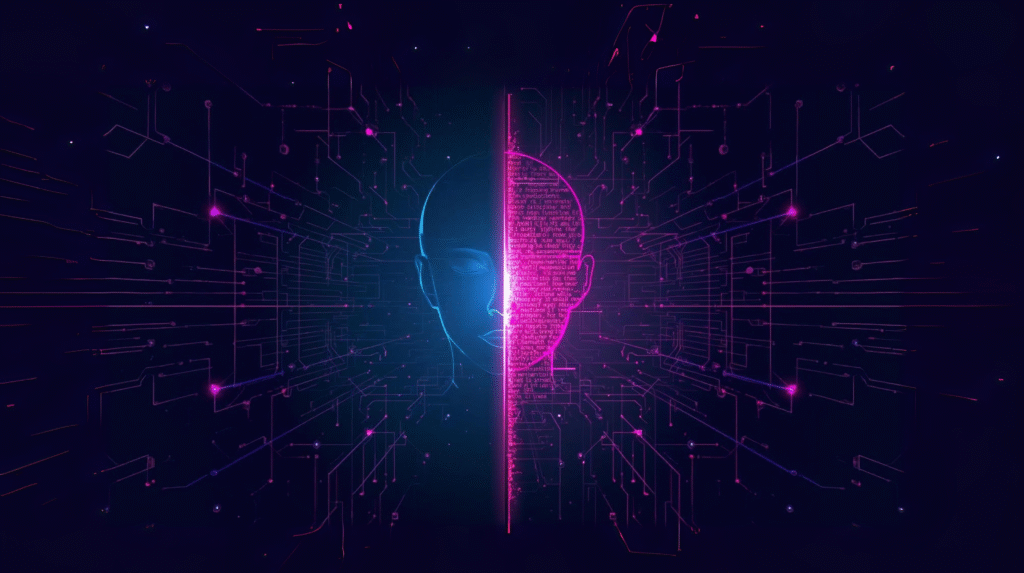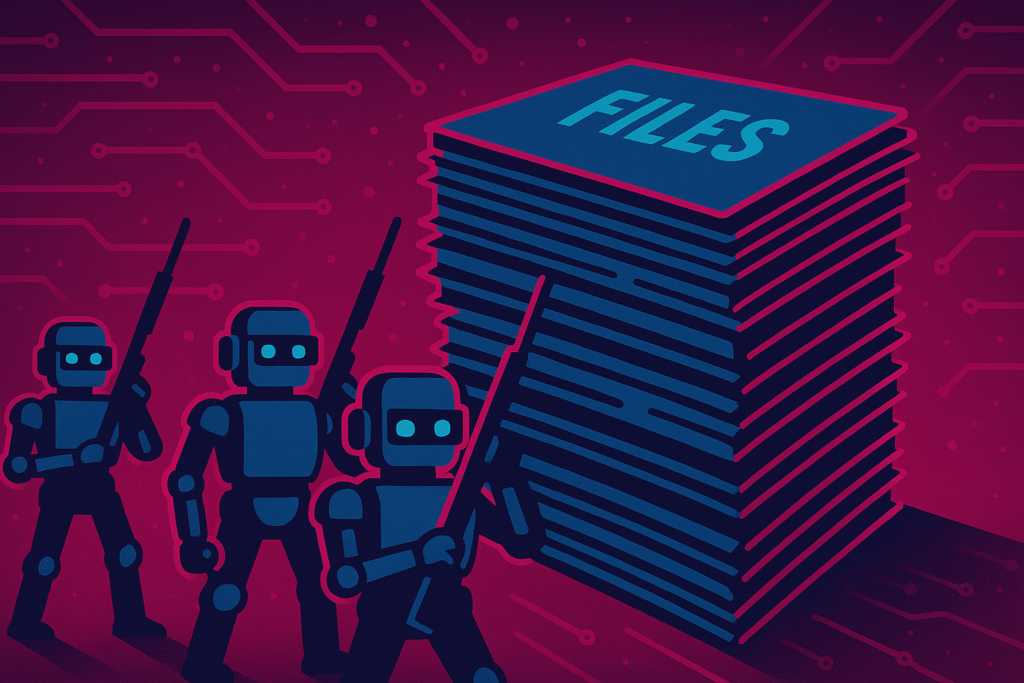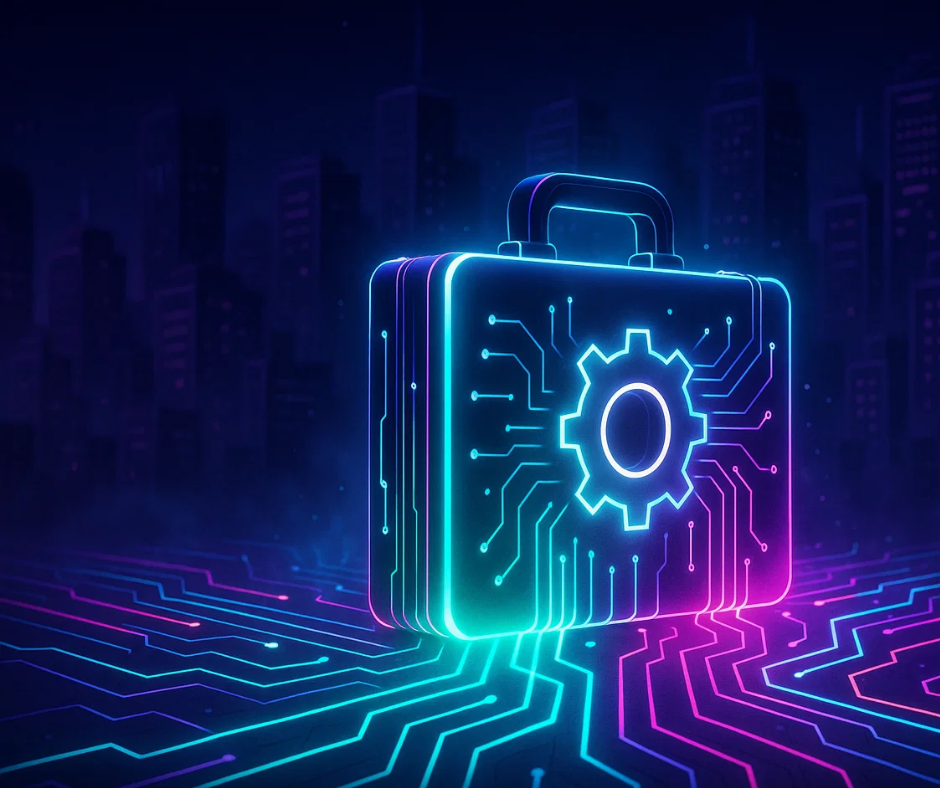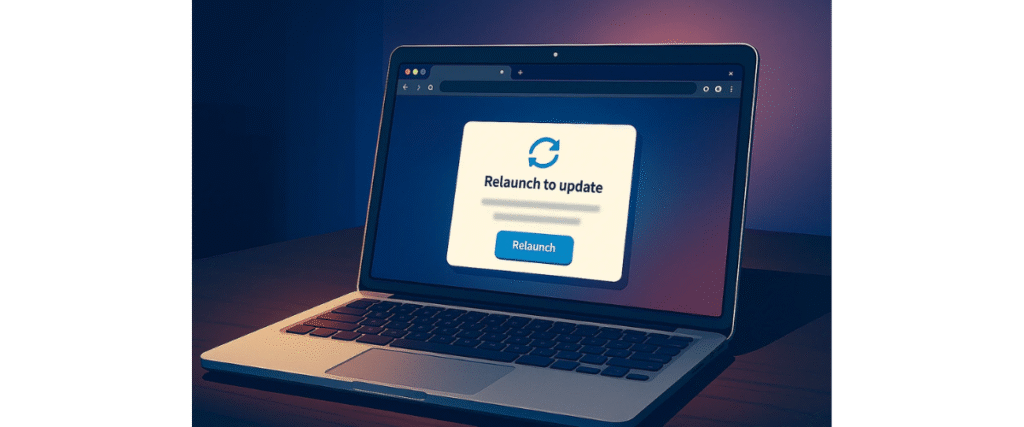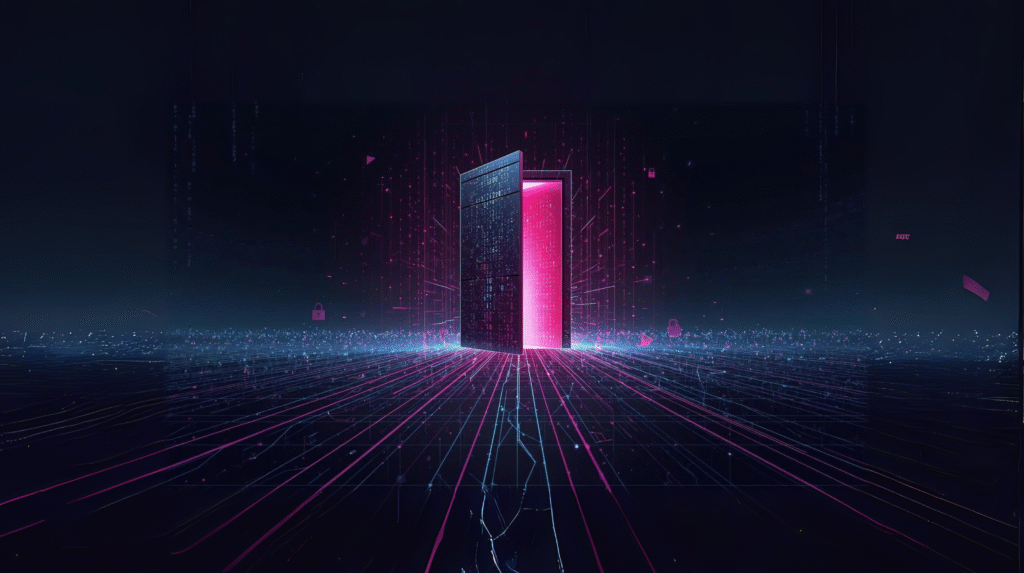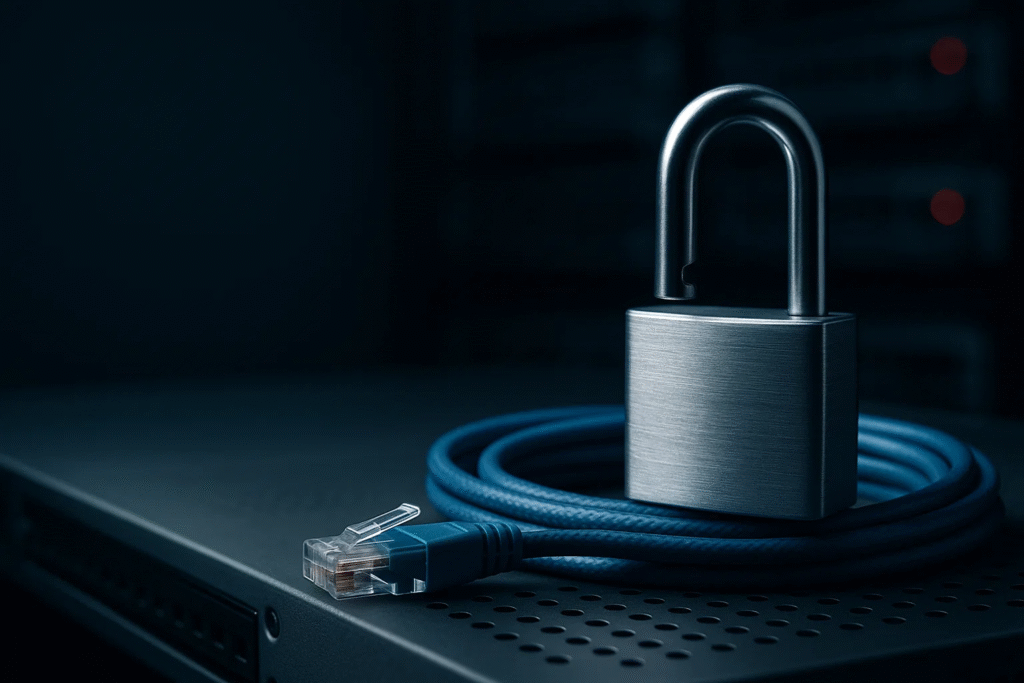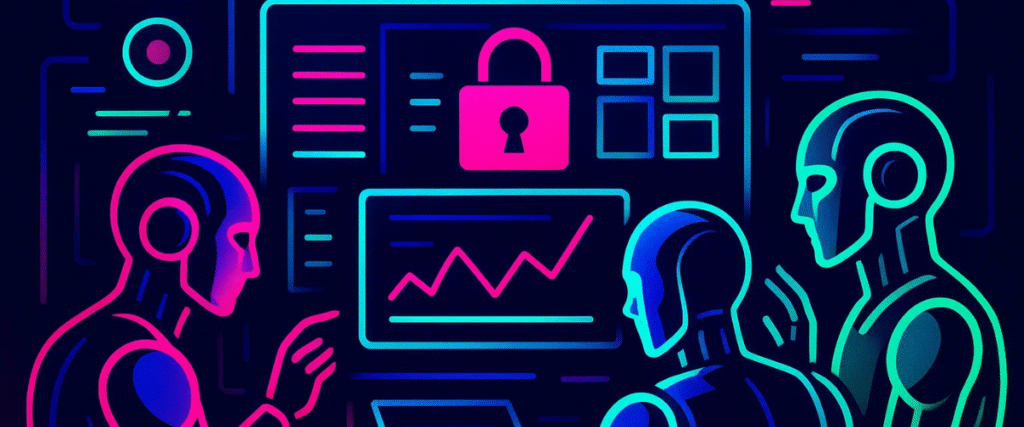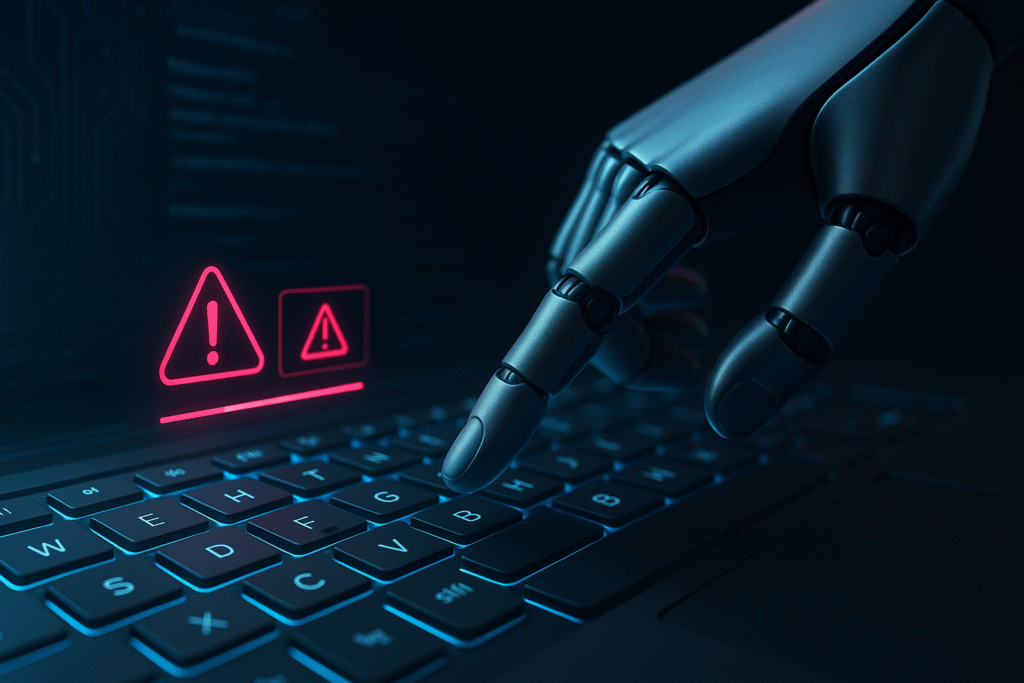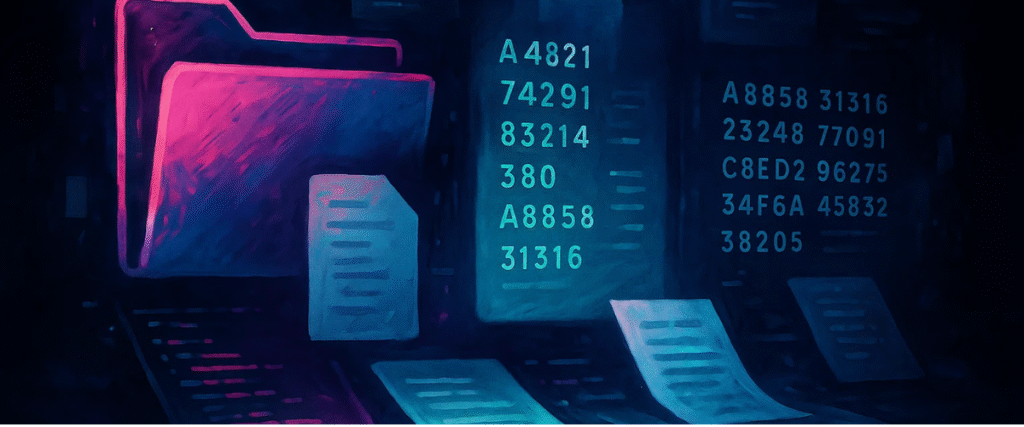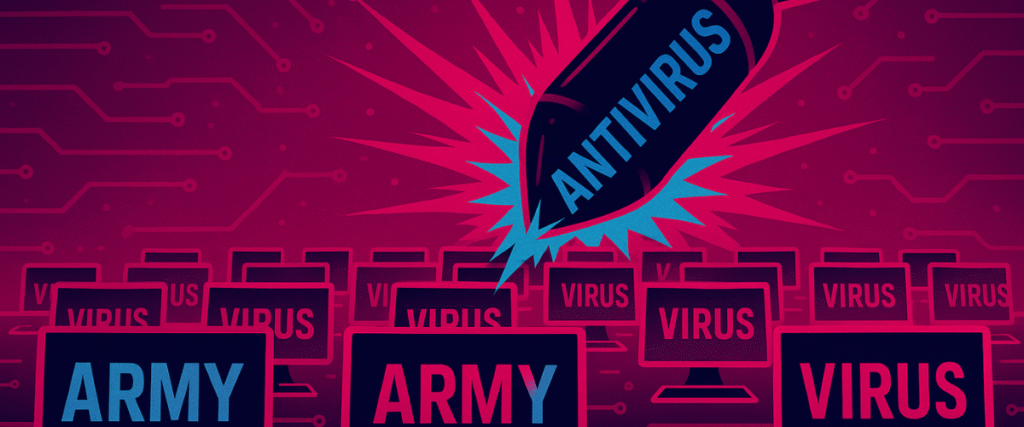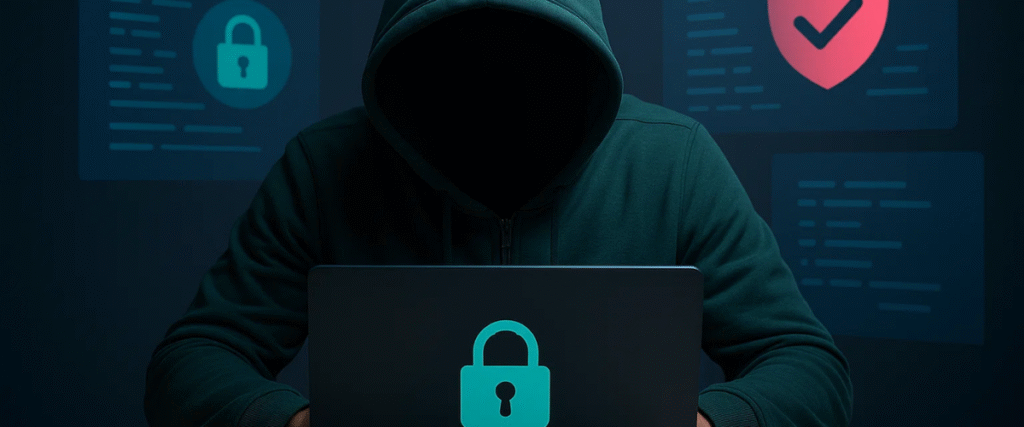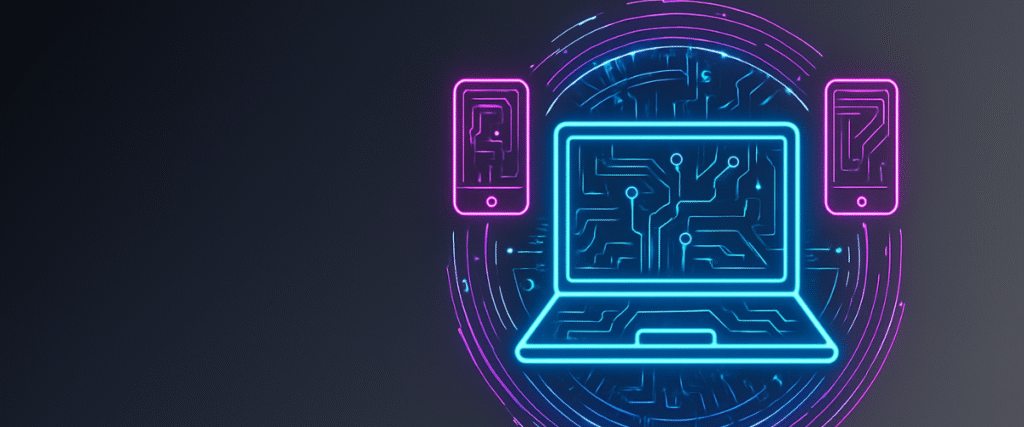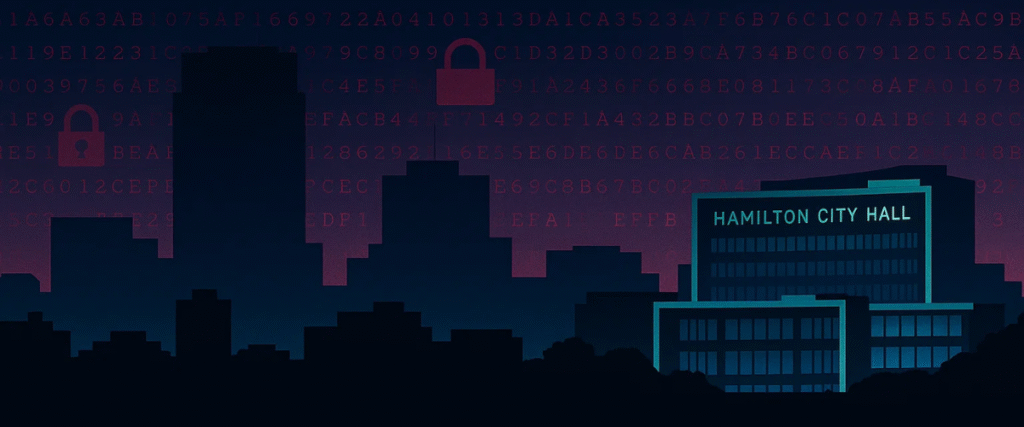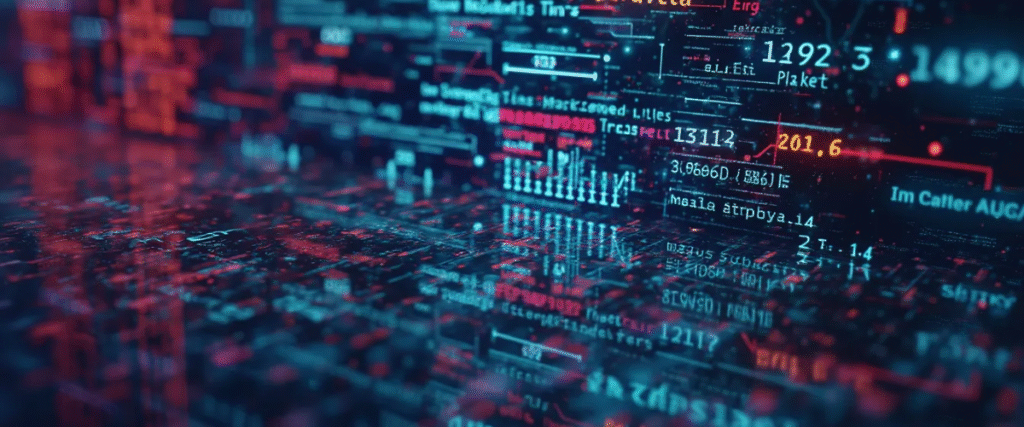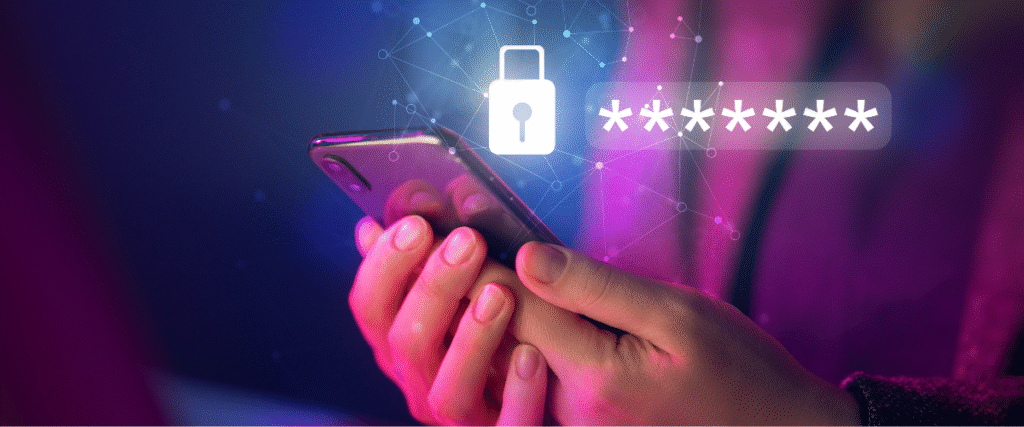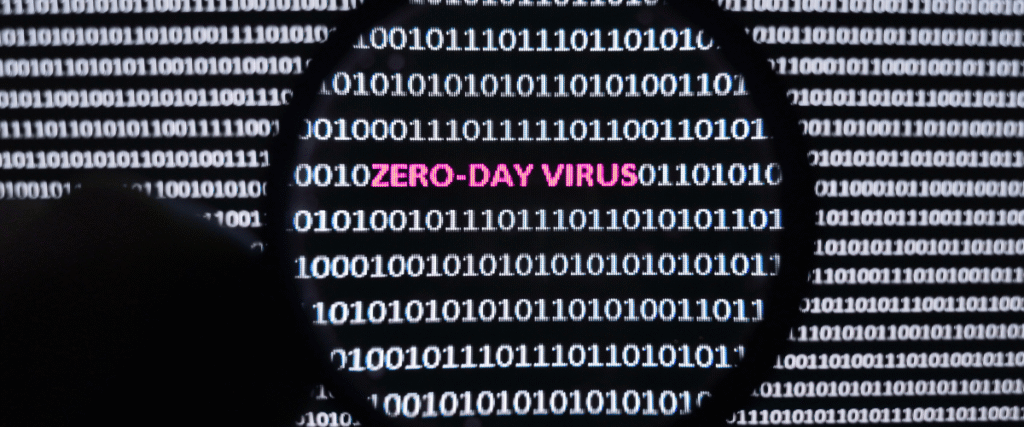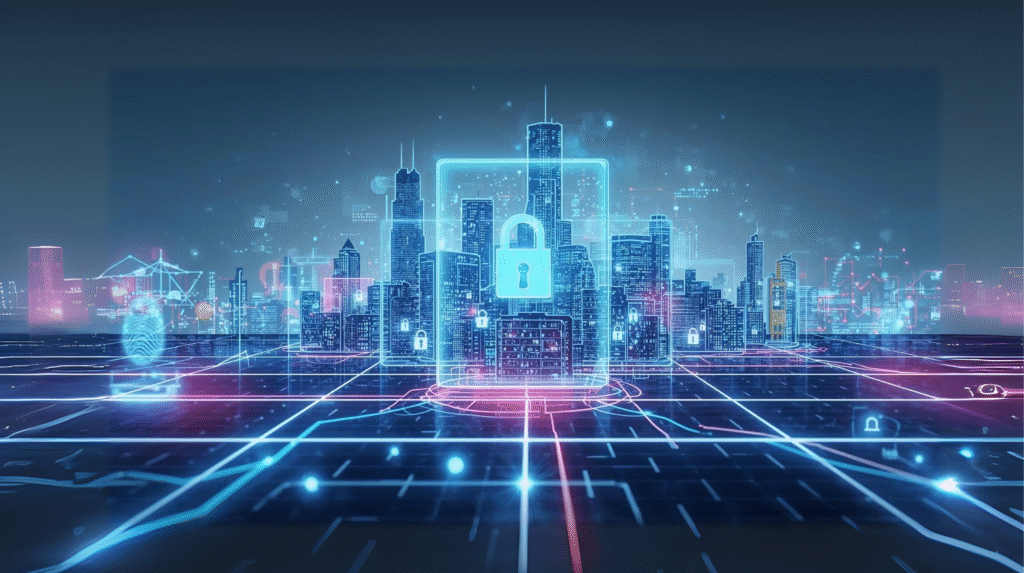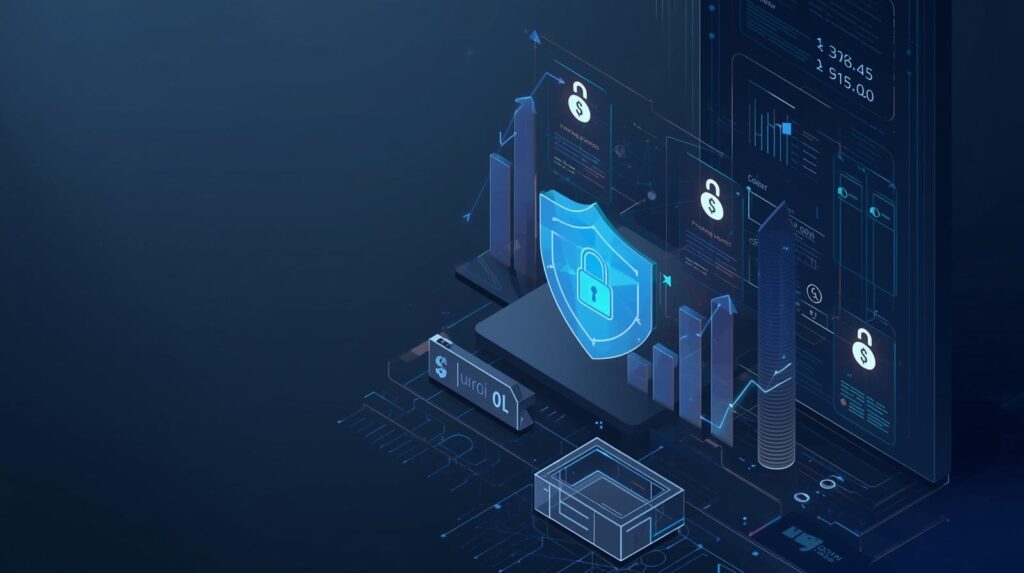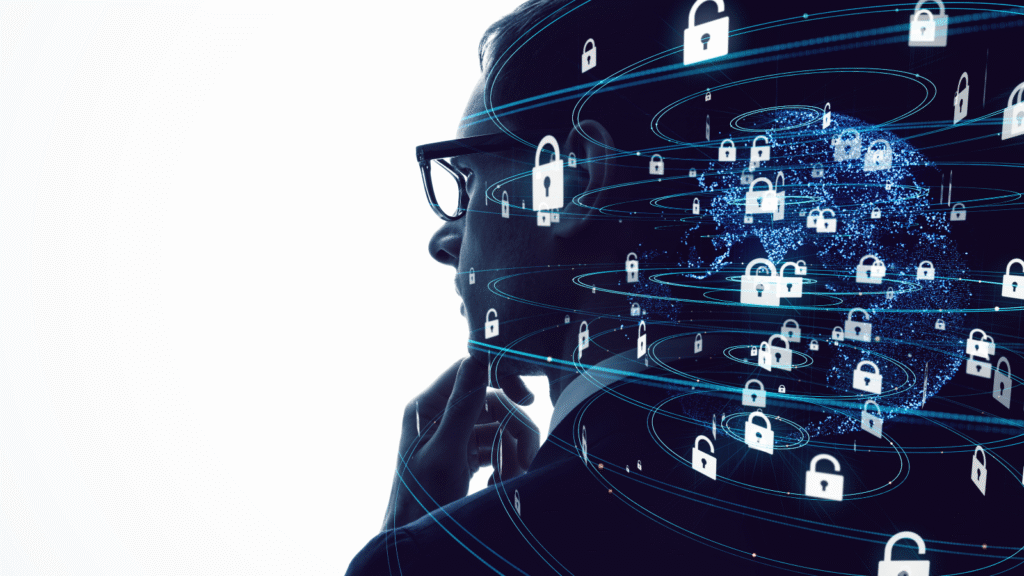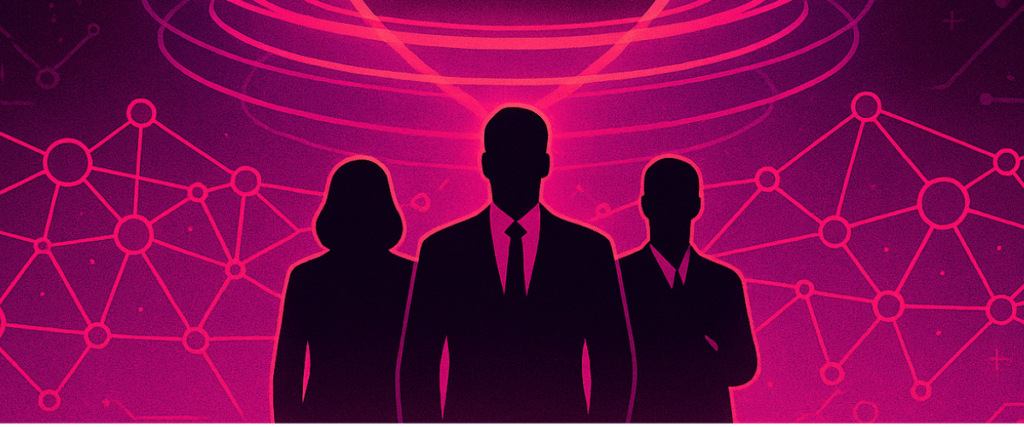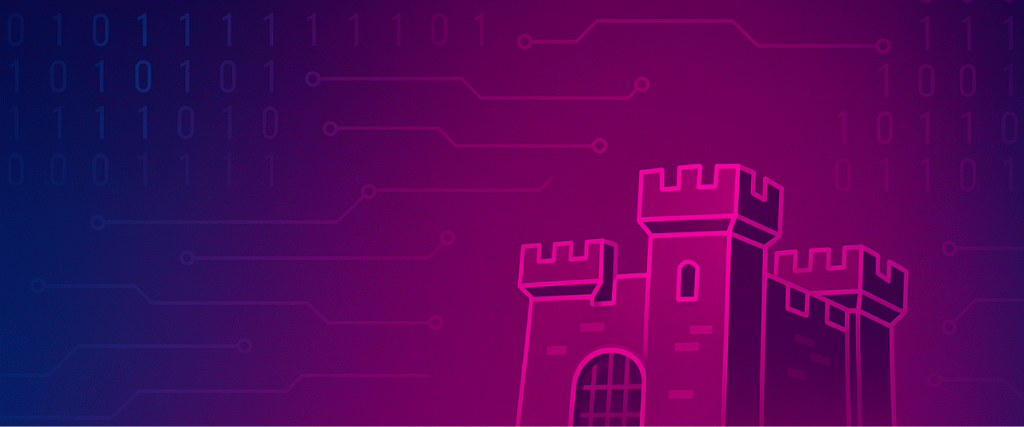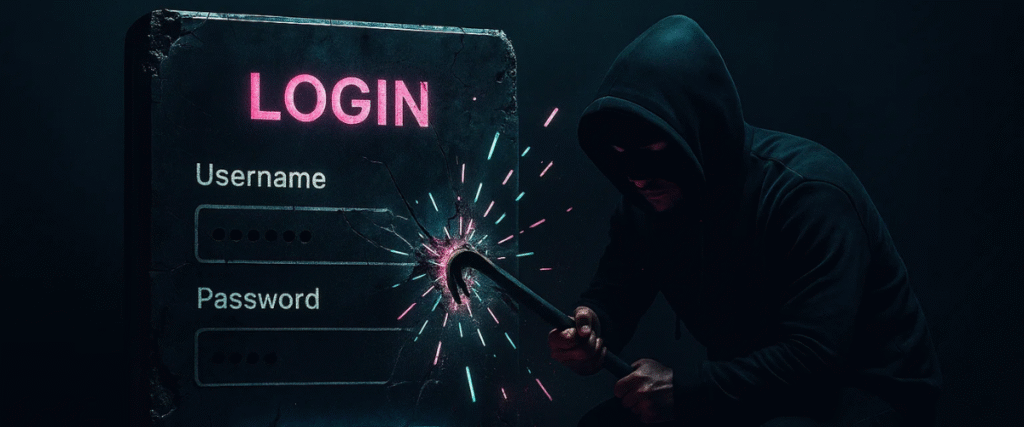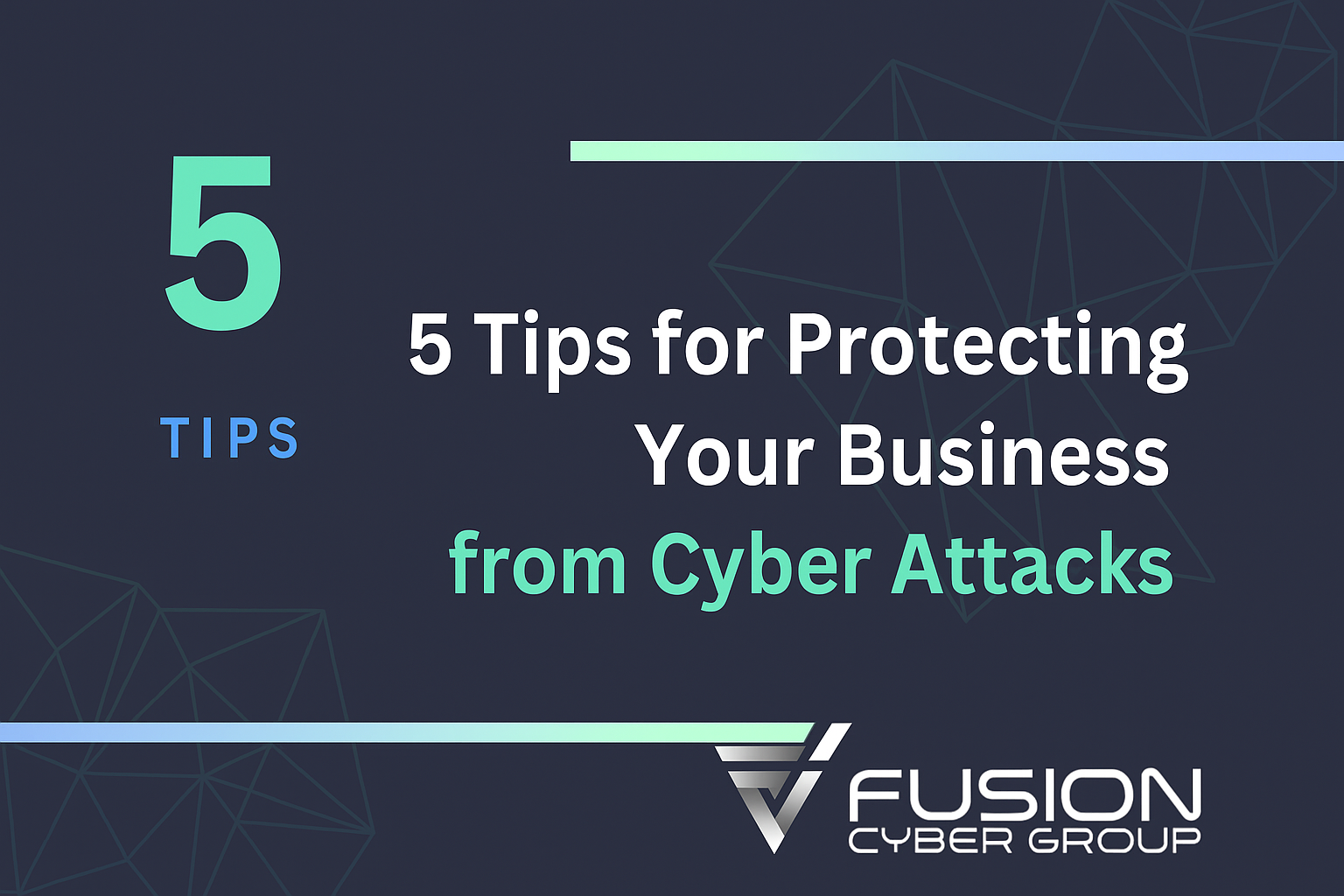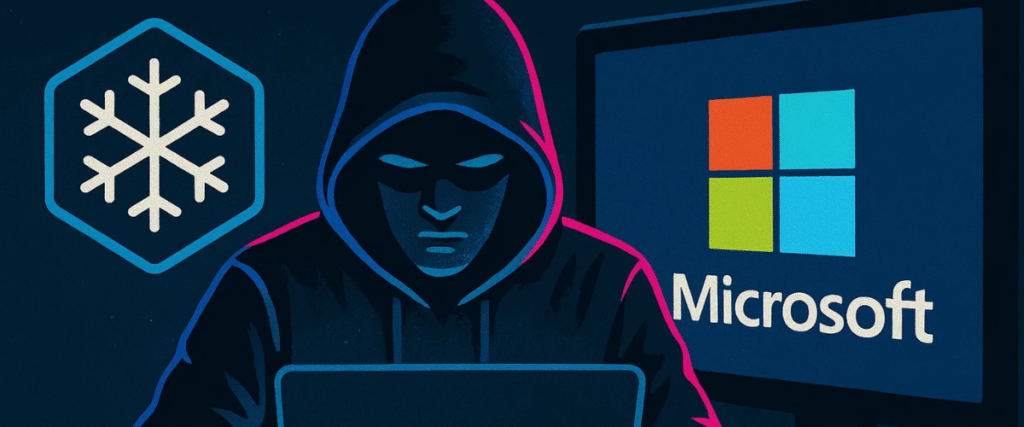Cybersecurity’s People Problem — Simple Mistakes, Big Consequences
Phishing clicks, weak passwords, and human errors open the door to costly breaches.
Don’t leave your business exposed. Talk to a FusionCyber expert today and build a people-first defense strategy.
Cybersecurity’s People Problem
Human error remains the single greatest vulnerability in cybersecurity today. Firewalls, intrusion detection systems, and AI-powered defenses can stop millions of attacks daily, but all it takes is one wrong click from an employee to render those defenses useless. A reused password, a neglected update, or even the innocent opening of a malicious attachment can unleash devastating breaches that cripple businesses.
What makes this issue particularly dangerous is that technology alone cannot fix it. You can buy the best software on the market, but if your workforce doesn’t understand the threats they face, or doesn’t feel empowered to act, you’ll remain exposed. Cybersecurity is not just about systems — it’s about people.
According to SANS research, the most persistent risks stem directly from human behavior: phishing, smishing (SMS phishing), and vishing (voice-based scams) still dominate. These are followed closely by password misuse, authentication weaknesses, delayed detection and reporting, and IT admin misconfigurations. What’s striking about this list is that every single one of these threats originates with human action — or inaction. That means the solution has to begin with people as well.
Organizations that continue to treat employees as passive users rather than active defenders are setting themselves up for failure. Attackers know this. That’s why social engineering is the most reliable weapon in the cybercriminal arsenal. They don’t always need to brute-force systems or exploit zero-day vulnerabilities — it’s often far easier to trick a human into opening the door.
Don’t wait until a careless moment becomes the next headline. The path forward is clear: develop a people-first defense strategy that integrates awareness, training, and automation into everyday operations. Talk to a FusionCyber expert today and begin building resilience from the inside out.
Why Human Risks Drive Cyber Incidents
Every major cyber incident, whether ransomware, data theft, or IT meltdown, tends to follow the same pattern: attackers exploit human behavior. In many cases, they never need to crack advanced encryption or bypass next-generation firewalls. Instead, they exploit curiosity, trust, and complacency.
Phishing emails remain the most common example. A well-crafted email that looks like it comes from a trusted source can trick even experienced professionals into sharing login details. From there, criminals move quickly, accessing sensitive data or spreading malware. Similarly, the widespread problem of password reuse gives attackers an easy way in. If one set of credentials is leaked from a breach elsewhere, hackers simply test those same details against corporate accounts.
Weak authentication policies compound this risk. Without mandatory multi-factor authentication (MFA), a single compromised password can unlock critical systems. Worse, organizations often rely on employees to spot suspicious activity themselves, but detection and reporting gaps mean that incidents go unreported for hours, days, or even weeks — long enough for attackers to establish a foothold. Finally, IT misconfigurations — like unpatched servers or mismanaged permissions — give attackers additional opportunities to escalate privileges or move laterally.
The statistics tell the story:
- 1 in 4 employees does not regularly change their passwords.
- 1 in 3 employees admits to reusing the same credentials across accounts.
- Nearly half of all breaches begin with phishing emails.
The takeaway is sobering: while organizations spend millions on technical defenses, attackers still count on people making mistakes. Human error isn’t just a weakness — it’s often the most direct path into your systems. And when one small mistake can cost millions, the people problem becomes impossible to ignore.
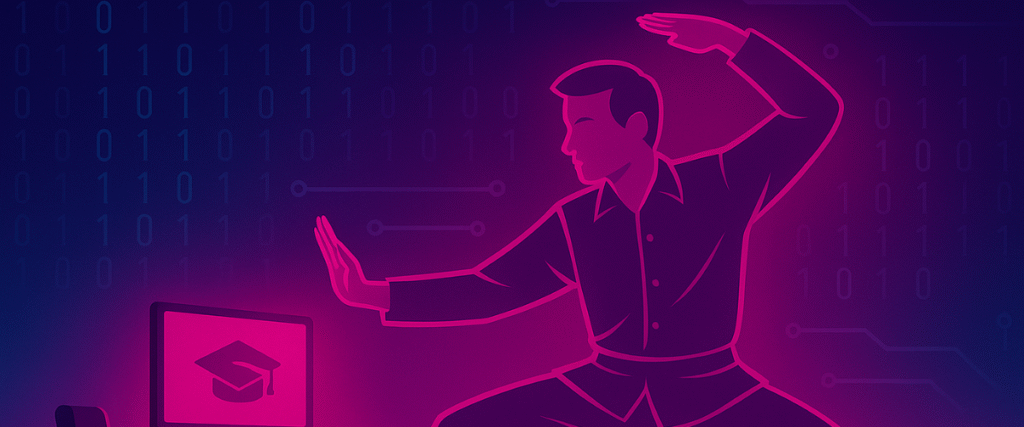
Building Security Awareness Programs That Work
Traditional once-a-year cybersecurity training has proven inadequate. Employees may sit through a computer-based module, click through a quiz, and forget most of the content within weeks. When the real test comes — a phishing attempt buried in their inbox — they fall into the same traps. To truly reduce human risk, organizations must evolve toward continuous, adaptive training programs.
The most effective awareness initiatives go beyond compliance checkboxes and embed security into the daily work environment. Training must be designed not just to inform, but to change behavior. Here’s what works:
- Year-Round Reinforcement
Awareness isn’t a one-time event. It requires ongoing reinforcement through micro-lessons, reminders, and simulations. Monthly phishing tests, short training videos, and gamified challenges can keep security concepts fresh in employees’ minds. - Risk-Focused Content
Generic training doesn’t move the needle. Programs must address the real-world risks employees face daily: spotting phishing attempts, securing devices, reporting incidents quickly, and maintaining good password hygiene. Tailored scenarios relevant to your industry make the content resonate more strongly. - Collaboration with Security Teams
Security leaders must play an active role in shaping training. When IT and cybersecurity teams contribute real-world threat insights, employees gain practical knowledge of what attackers are doing right now, not outdated theory.
When these three principles are combined, employees stop viewing cybersecurity as “someone else’s problem.” Instead, they become frontline defenders, actively engaged in protecting the business. Over time, the culture shifts — and that culture is what prevents small mistakes from becoming major breaches.
Automation and Technology: Closing the Gap
No matter how well you train employees, humans will always be human. Mistakes happen. Fatigue sets in. Hackers only need one successful attempt, while defenders need to be right every time. That’s why training alone isn’t enough. The solution is to pair human vigilance with automated safeguards that reduce the margin for error.
Automation plays a vital role in modern cybersecurity strategies:
- Automated phishing filters block malicious emails before they reach employees.
- AI-driven anomaly detection identifies unusual behavior faster than any manual monitoring process.
- Mandatory MFA enforcement ensures that stolen passwords aren’t enough to breach accounts.
- Auto-patching systems eliminate the common IT misconfigurations that create vulnerabilities.
By removing routine, error-prone tasks from human hands, automation strengthens resilience. Instead of expecting people to be perfect, businesses create a safety net where one mistake doesn’t spiral into catastrophe.
This human-automation partnership is the future of cybersecurity. Employees provide awareness and frontline defense, while automated tools add precision, speed, and consistency. Together, they form a layered defense strategy that significantly reduces the risks posed by human error.
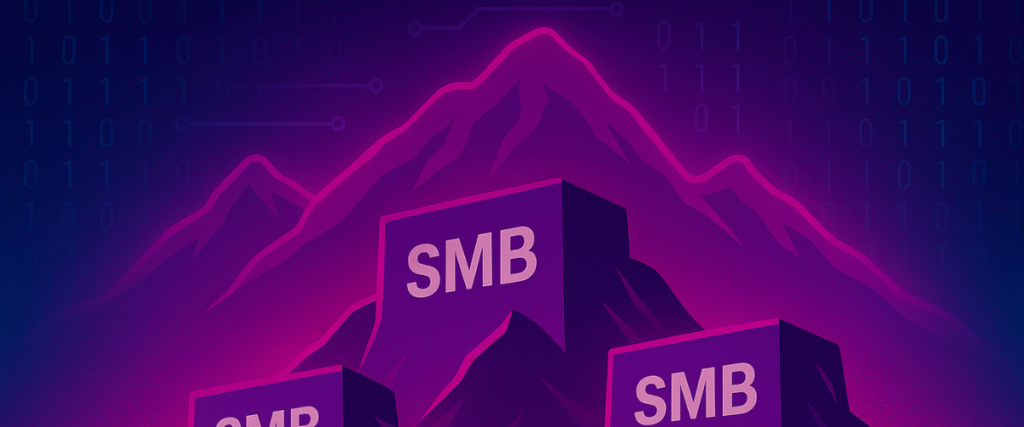
Lessons for SMBs and Enterprises
For small and mid-sized businesses (SMBs), the people problem is not just an inconvenience — it is a critical business risk. Attackers frequently view SMBs as the weakest link in the supply chain. Unlike large enterprises with dedicated security teams and layered defenses, many SMBs operate with smaller IT budgets, lean teams, and outdated tools. This makes them appealing targets for criminals who want maximum payoff with minimal resistance.
Unfortunately, research supports this perception. A growing number of SMBs report experiencing cyber incidents every year, from ransomware infections to phishing scams. Once inside, attackers often use SMB networks as stepping stones into larger enterprise partners. This tactic allows them to bypass tougher defenses and exploit trust relationships.
The ripple effects are staggering. A single phishing click by an SMB employee can delay shipments, expose sensitive customer data, or trigger compliance violations for multiple organizations downstream. Human mistakes don’t just harm the company that made them — they can destabilize an entire ecosystem of partners and clients.
Executives must stop thinking of training as a compliance checkbox. It is a strategic investment in resilience, reputation, and growth. Failing to prioritize human risk management doesn’t just cost fines or downtime; it jeopardizes long-term business viability. For SMBs in particular, security awareness programs are no longer optional — they are essential for survival.
Key Takeaways for Business Leaders
The growing complexity of cyber threats can make security feel overwhelming, but the lessons for business leaders are increasingly clear. While technology continues to advance at an incredible pace, the reality is that cybersecurity is as much about people and processes as it is about systems and tools. Leaders who embrace this holistic perspective are better positioned to protect their organizations from today’s evolving attacks.
First, cybersecurity starts with people. No firewall, intrusion detection system, or AI-driven monitoring solution can stop a determined attacker if an employee inadvertently lets them in. A single phishing email — designed to look like it came from a colleague, a vendor, or even an executive — can bypass millions of dollars’ worth of defenses with one careless click. The reverse is also true: a well-trained employee who recognizes social engineering can stop that same attack. Continuous training is the difference-maker, helping staff build instincts to spot threats quickly.
Second, leaders must focus on the real risks attackers exploit most often. While emerging technologies like AI-driven malware and deepfakes grab headlines, most breaches still happen through predictable, well-documented attack vectors: phishing, authentication weaknesses, delayed reporting, and IT misconfigurations. These are the weak points criminals know they can count on. Breach reports confirm the same story: it’s not always sophisticated exploits that cause the most damage, but gaps in basic cyber hygiene. Concentrating resources on these recurring risks lowers the likelihood of a successful attack.
Third, businesses must combine training with automation. Expecting employees to carry the full burden of cybersecurity is neither fair nor effective. People get tired, distracted, or rushed — and attackers exploit that. Automation adds a safety net. Email filtering systems block most phishing attempts before employees see them. MFA makes stolen credentials less valuable. Automated monitoring can detect anomalies before threats escalate, while auto-patching reduces the chance of human oversight leaving a door open. Automation doesn’t replace people, but it ensures mistakes don’t become catastrophic.
Finally, partnering with MSSPs and MSPs gives SMBs enterprise-grade capabilities at a fraction of the cost. For many small and mid-sized businesses, building an in-house cybersecurity program with 24/7 monitoring, advanced threat detection, and compliance expertise is unrealistic. Recruiting skilled talent is expensive, and retaining them is even harder in today’s market. Managed security providers offer scalable solutions tailored to SMB needs, delivering constant vigilance and proactive defense. For leaders, this partnership provides peace of mind: knowing their security posture is handled by professionals who live and breathe cybersecurity daily.
Together, these takeaways reinforce a central truth: cybersecurity is not simply a technical challenge but a cultural and procedural one. Success requires more than purchasing tools or responding to incidents after the fact. It demands a mindset where people, processes, and technology are aligned under a shared strategy. Leaders who act on this will not only reduce risk but also build resilience that becomes a competitive advantage in the digital economy.
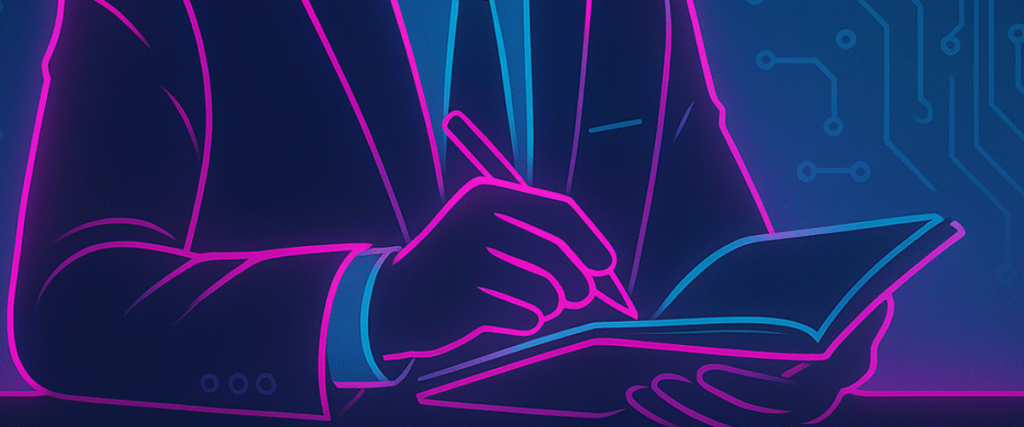
Final Thoughts
Cybersecurity’s people problem is not shrinking — it is intensifying. Attackers continue to refine their methods, using AI-driven phishing, social engineering, and psychological manipulation to exploit employees. They know that even the best technology is powerless if the human operating it makes a mistake. In fact, many attackers no longer bother with highly complex exploits because human error remains the path of least resistance.
Organizations that thrive in this environment will be those that treat employees as part of the defense system rather than liabilities. This means investing in ongoing training programs, integrating cybersecurity into daily routines, and equipping staff with the knowledge to detect and report threats. Pairing this with automation and trusted partnerships creates a layered defense capable of withstanding modern threats. Crucially, this layered model ensures that when one safeguard fails, another stands ready to catch the error before it escalates into a breach.
One careless click, one ignored update, or one unreported incident should never be enough to compromise an entire enterprise. Yet for too many businesses, that remains the reality. The solution is to act now: build a culture of awareness, implement proactive defenses, and align with partners who bring expertise and vigilance. The organizations that wait for a headline-making incident before acting often discover too late that recovery is far more expensive than prevention.
Cybersecurity is no longer just about protecting IT systems. It’s about empowering people to be defenders. With the right strategy, companies can transform their biggest vulnerability into their strongest advantage — and move from reactive survival to proactive resilience. Leaders who commit to this shift will not only reduce risk but also strengthen trust, reputation, and long-term growth.
Featured links:
Building Strong Perimeter Defenses
CISOs Rank Human Error Highest
Preventing Human Error Attacks
FAQ:
Why is human error considered the biggest cybersecurity risk?
Because most breaches begin with simple mistakes like phishing clicks, weak passwords, or unreported incidents, attackers often exploit people rather than technical flaws. Technology can’t stop a threat if an employee unknowingly opens the door.
How can employee training reduce cyber risks?
Continuous, behavior-focused training teaches staff to recognize phishing, manage passwords securely, and report threats quickly. Unlike once-a-year compliance modules, ongoing reinforcement creates habits that make employees active defenders instead of weak links.
Isn’t investing in advanced security tools enough to stay protected?
No. Even the best tools can’t compensate for a single careless click or reused password. The most effective strategy combines people-first training with automated safeguards like MFA, phishing filters, and auto-patching.
Why should small and mid-sized businesses (SMBs) prioritize cybersecurity awareness?
SMBs are often prime targets because they have limited resources and defenses. A single breach can disrupt operations, expose customer data, or impact larger partners. For SMBs, building a culture of security awareness is critical to survival and growth.
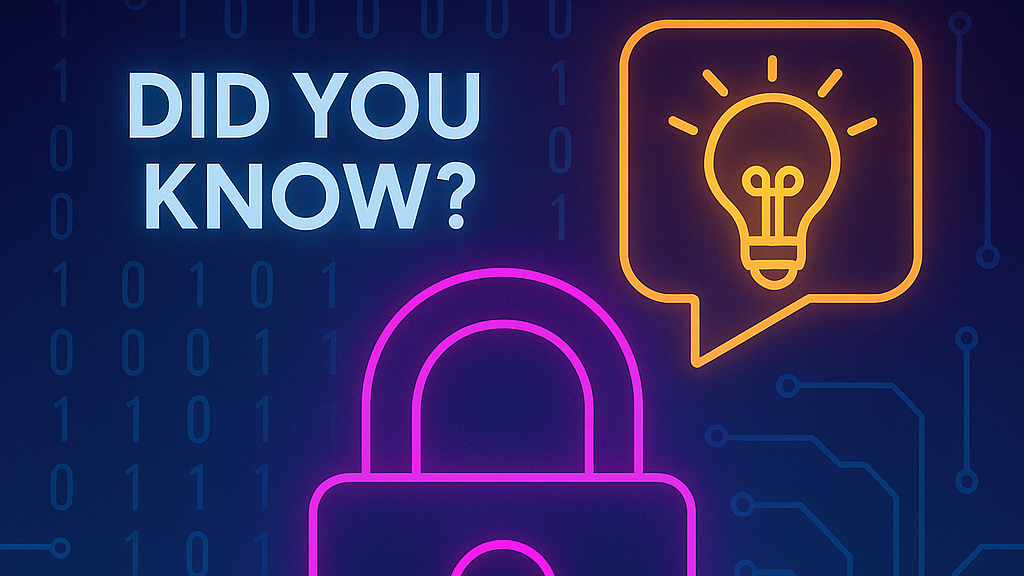
Did You Know?
Did you know that more than 90% of successful cyberattacks begin with a phishing email? Despite billions spent on next-generation firewalls and AI-driven monitoring, attackers often bypass defenses by targeting people instead of systems. Even a single click on a malicious link can lead to credential theft, ransomware infections, or stolen data. The surprising part? Most phishing emails look convincing enough to fool even experienced staff. That’s why continuous awareness training and simulations are so critical — they give employees the experience and instincts needed to recognize suspicious messages before it’s too late.
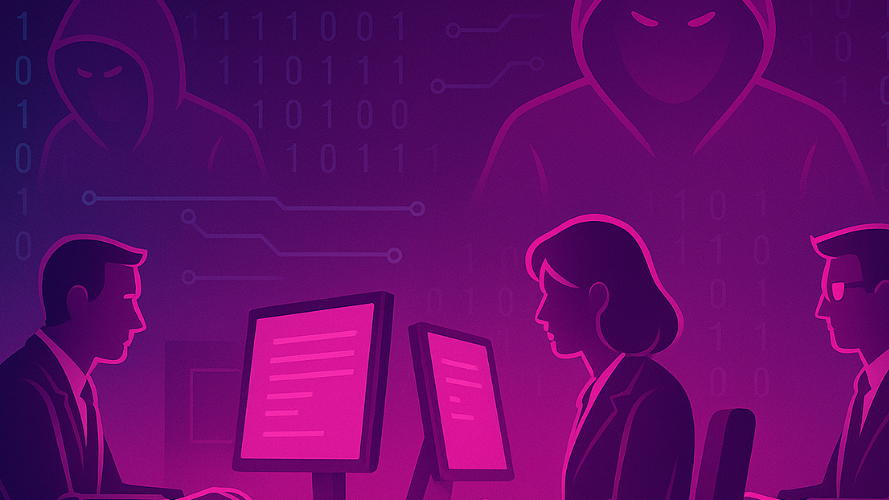
Experts Predict Training’s Future
Industry experts predict that the future of cybersecurity training will be personalized, continuous, and adaptive. Instead of static, one-size-fits-all modules, employees will receive tailored lessons delivered through the platforms they use every day — Slack, Teams, or even mobile apps. AI will identify risky behaviors, like repeated password reuse, and immediately deliver short lessons to correct them. Training will become less about “once-a-year compliance” and more about creating ongoing micro-moments of learning. This shift means staff won’t just remember what they learned in February — they’ll practice and reinforce good habits year-round, turning training into culture.

Funny but True
Here’s a fun fact: one study found that employees are more likely to recognize a phishing scam after watching a five-minute gamified training session than after a full one-hour lecture. In other words, a short, interactive “game” can beat a long seminar. It sounds funny, but it highlights a serious truth: people learn best when engaged. Humor, competition, and interactivity make cybersecurity feel less like a chore and more like a challenge worth winning. If staff enjoy the process, they’re far more likely to remember it — and that’s exactly what keeps businesses safe.
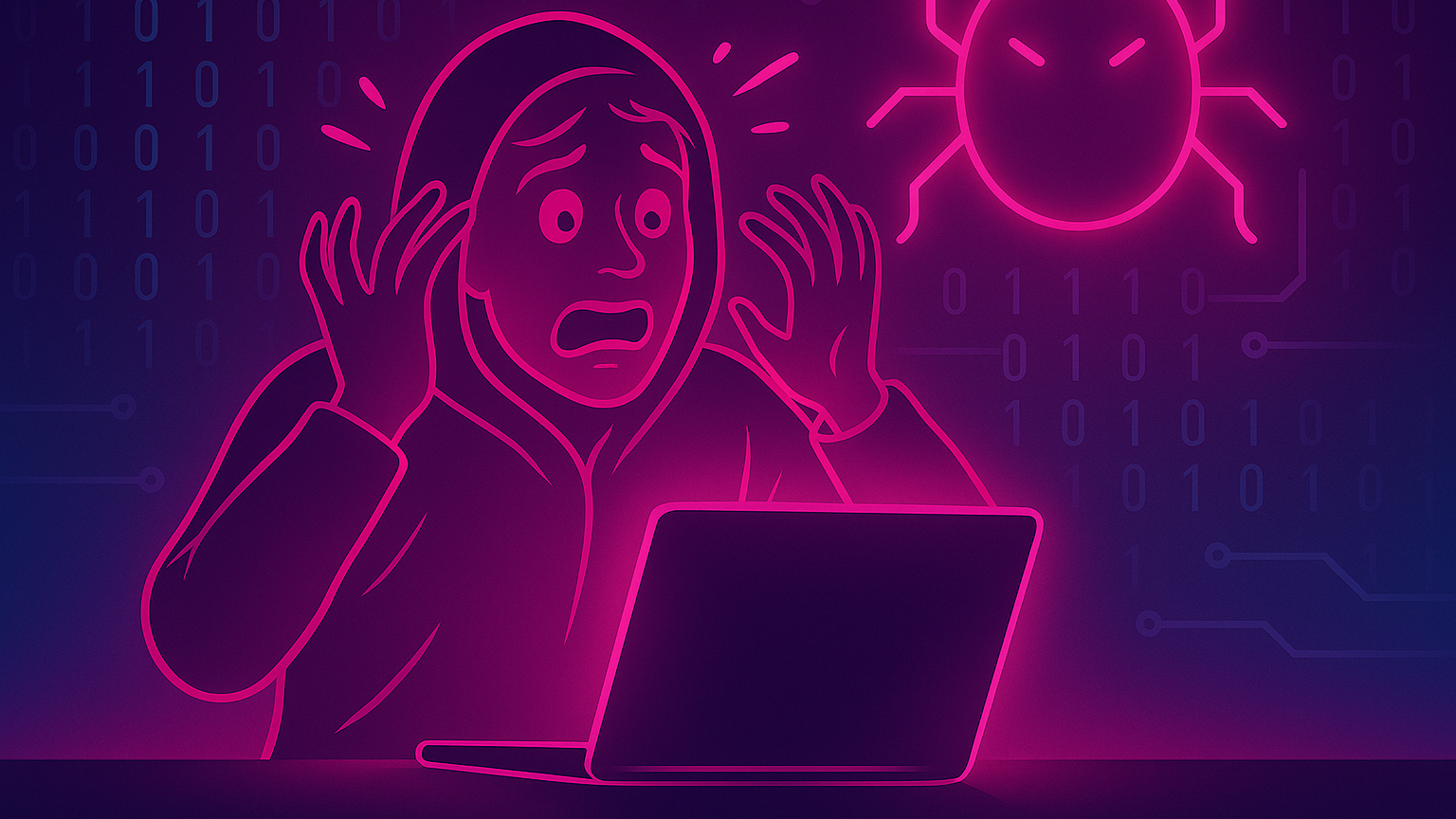
Hackers Hate Habits
Strange but true: the simple habit of hovering over links before clicking is one of the most effective defenses against phishing. Hackers spend hours crafting fake emails, but a two-second pause by an alert employee ruins their plan. It’s proof that sometimes, the tiniest habits — repeated daily — build the strongest walls.
Our Cybersecurity Guarantee
“At Fusion Cyber Group, we align our interests with yours.“
Unlike many providers who profit from lengthy, expensive breach clean-ups, our goal is simple: stop threats before they start and stand with you if one ever gets through.
That’s why we offer a cybersecurity guarantee: in the very unlikely event that a breach gets through our multi-layered, 24/7 monitored defenses, we will handle all:
threat containment,
incident response,
remediation,
eradication,
and business recovery—at no cost to you.
Ready to strengthen your cybersecurity defenses? Contact us today for your FREE network assessment and take the first step towards safeguarding your business from cyber threats!








